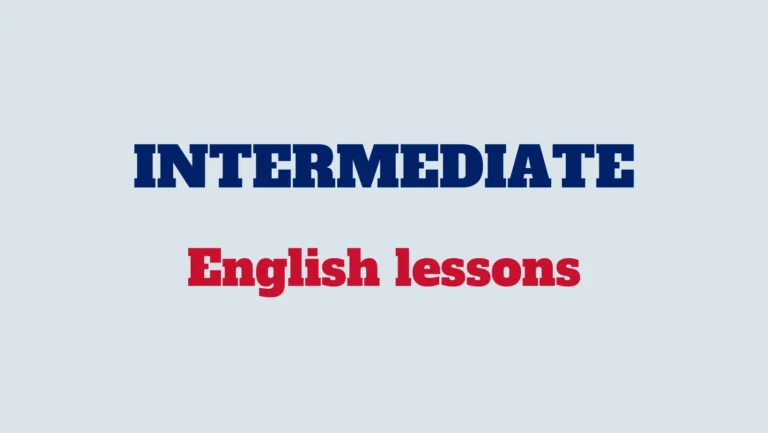In this lesson, we’ll differentiate between the confused words: “Adjudicate,” “Arbitrate,” and “Mediate.” While they all involve resolving disputes, they each have distinct roles and approaches in conflict resolution. Understanding these differences is crucial for effective dispute management.
Word 1: Adjudicate
Definition:
“Adjudicate” means to act as a judge or arbitrator in a dispute, making a formal judgment or decision based on evidence and arguments presented by the involved parties.
Example of use:
“The department has jurisdiction to adjudicate all of the appeals.”
“The court will adjudicate the case based on the evidence presented by both parties.”
“It’s the responsibility of the judge to adjudicate disputes fairly and impartially.”
Word 2: Arbitrate
Definition:
“Arbitrate” refers to the process of resolving a dispute by having a neutral third party, known as an arbitrator, listen to arguments from both sides and make a final, binding decision.
Example of use:
“Ken willingly agrees to arbitrate the contract dispute to avoid lengthy court proceedings.”
“In cases of labor disputes, arbitration is often used to reach a resolution outside of court.”
“The arbitration process requires both parties to abide by the arbitrator’s decision.”
Word 3: Mediate
Definition:
“Mediate” involves facilitating negotiation and communication between conflicting parties with the goal of reaching a mutually acceptable agreement, without imposing a decision on either side.
Example of use:
“Ed is attempting to mediate the differences between the teams by facilitating constructive dialogue.”
“The mediator helped the parties identify common interests and work towards a compromise.”
“Mediation is often used in family disputes to find solutions that benefit all parties involved.”
Summary:
In summary, “Adjudicate” involves making formal judgments as a judge or arbitrator, “Arbitrate” entails reaching a binding decision through a neutral third party, and “Mediate” involves facilitating negotiation and communication to find mutually acceptable solutions. Recognizing these distinctions helps in selecting the appropriate method for resolving disputes effectively.



